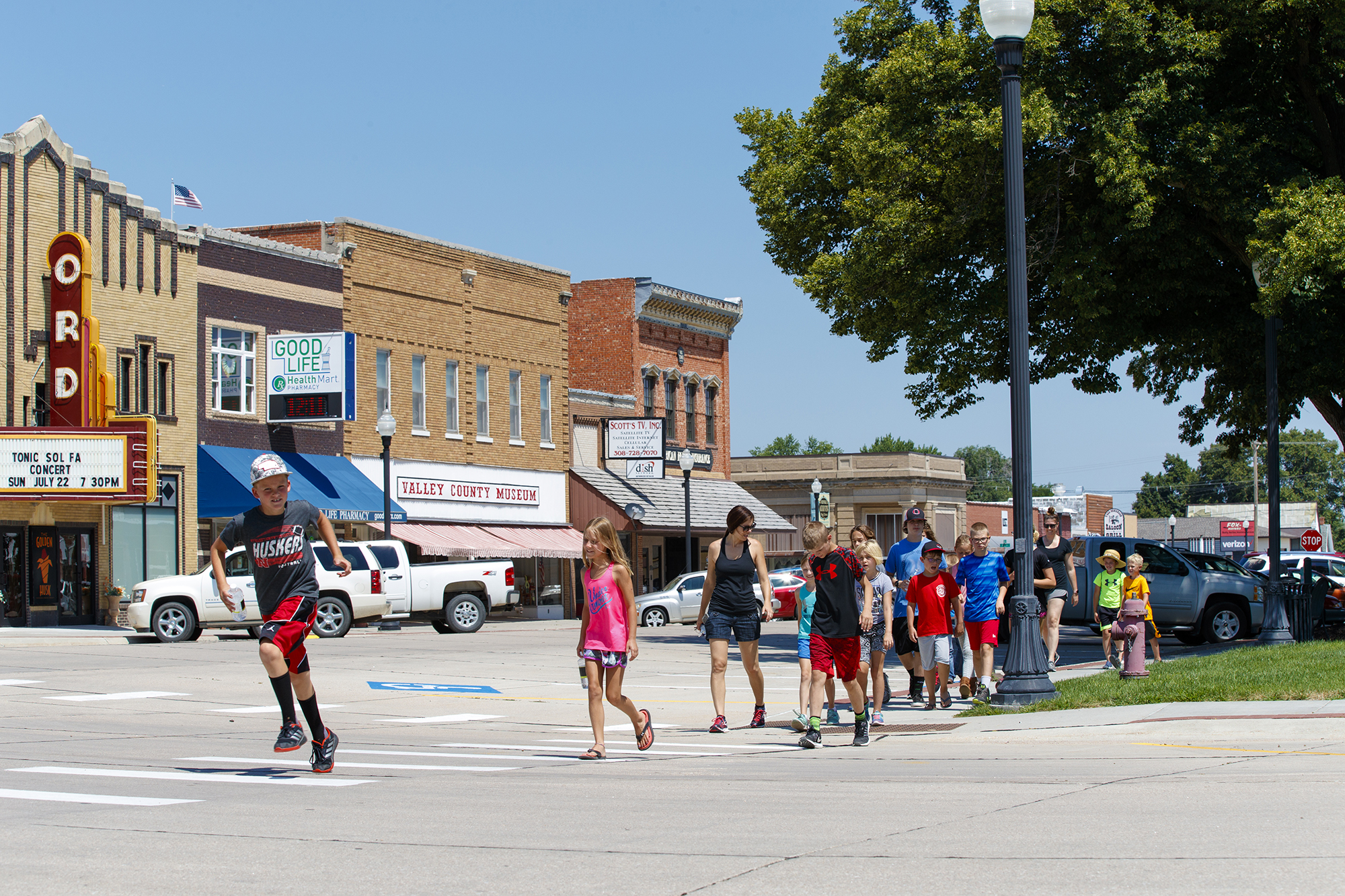
Amid ongoing impacts from last year’s bomb cyclone, low commodity prices and the COVID-19 pandemic, rural Nebraskans remain optimistic about their current situation and future, according to the 2020 Nebraska Rural Poll.
In 2019, rural Nebraskans were the most optimistic they had been in the history of the Rural Poll, according to Rebecca Vogt, survey research manager. Only slight changes from those levels were seen in the 2020 poll, which was sent to 7,000 rural households across the state in April. Fifty-three percent of respondents believe they are better off than they were five years ago (a slight decrease from 56% last year). This is the second-highest proportion in the poll’s 25-year history. Rural Nebraskans’ optimism about their current situation has been increasing the past seven years as the gap has widened between the proportions saying they are better off than they were five years ago from those saying they are worse off.
In addition, rural Nebraskans remain optimistic about their future. Half of those surveyed believe they will be better off 10 years from now — similar to 52% last year. The proportion saying they will be better off in 10 years has always been greater than the proportion saying they will be worse off. In fact, the gap between the two has gradually widened since 2013.
“Rural Nebraskans have endured a number of hardships over the past several years,” said L.J. McElravy, associate professor of youth civic leadership at the University of Nebraska–Lincoln. “If we look back to the Great Recession, major weather events, economic challenges and now the pandemic, rural Nebraskans have had to bounce back. There may be a growing sense and perhaps realization of resilience across rural Nebraska.”
Rural Nebraskans also have positive views of their communities. Most respondents rate their community as friendly, trusting and supportive and have a positive attachment to it. Most also say it would be difficult to leave their community.
And amid the stress and uncertainty of the pandemic, most rural Nebraskans continue to believe that their community dictates its future prospects. Just over six in 10 of those surveyed (63%) strongly disagree or disagree that their community is powerless to control its own future. Their views about the change in their community have also generally been positive. The proportion believing their community has changed for the better during the past year has usually been greater than the proportion believing it has changed for the worse, especially during the past nine years when the gap between the two has widened. Furthermore, their optimism about the expected change in their community 10 years from now has increased during the past decade. The proportion believing their community will be a better place to live 10 years from now has steadily increased since 2011, when it was 20%, to 28% this year.
Despite the overall optimism across the state, Panhandle residents were less positive about both their community and well-being compared to residents from other regions, similar to findings from the past few years. Just under four in 10 Panhandle residents surveyed (39%) think they will be better off 10 years from now, compared to almost six in 10 residents surveyed in the Southeast region (56%). Moreover, a quarter expect to be worse off 10 years from now. When assessing their current situation, only 37% think they are better off than they were five years ago and 19% believe they are worse off. Their pessimism continues when asked about their community: 34% of Panhandle residents surveyed say their community has changed for the worse during the past year, 30% think their community will be a worse place to live in 10 years and 29% agree that their community is powerless to control its own future.
“We continue to see pessimism in the Panhandle,” said Cheryl Burkhart-Kriesel, an extension professor at the Panhandle Research and Extension Center in Scottsbluff. “Recent data from the 2020 Thriving Index also showed the Panhandle region trailing its peers in other parts of the state. This index identified competitiveness, education, and economic and demographic growth as key challenges for the region. But there is also a silver lining: When it comes to quality of life, the Panhandle ranked quite high.”
The 2020 poll was mailed just after the COVID-19 pandemic shut down many schools and workplaces across Nebraska and disrupted agriculture and other industries. It is the largest annual poll of rural Nebraskans’ perceptions on quality of life and policy issues. This year’s response rate was 33%. The margin of error is plus-or-minus 2%. View complete results.
The university’s Department of Agricultural Economics conducts the poll with funding from Rural Prosperity Nebraska and the Institute of Agriculture and Natural Resources.








